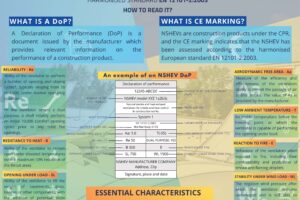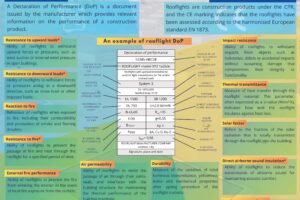The Energy Performance of Buildings Directive 2024/1275 places a stronger emphasis on the energy efficiency of buildings.
In Article 4, the Commission announces that guidance for Member States on calculating the energy performance of transparent building elements – including rooflights, roof hatches, and NSHEVs (Natural Smoke and Heat Exhaust Ventilators) – within the building envelope will be issued.
This methodology must align with the common general framework set out in EPBD Annex I, which includes:
- Natural Ventilation – The role of natural and mechanical ventilation, including air tightness and heat recovery.
- Natural Lighting – The positive impact of daylight on building energy performance by reducing reliance on electric lighting and enhancing occupant health and well-being.
By 29 May 2026, the new Energy Performance Certificates (EPCs) (EPBD Article 19 and Annex V) will enable building owners and tenants to compare and assess energy performance. Additional metrics for transparent building elements will be introduced, including:
- Average U-value – Covering both opaque and transparent elements of the building envelope.
- Identification of the Most Common Types of Transparent Elements
- Results of the Overheating Risk Analysis (if available).
- Presence of Fixed Sensors and Controls Monitoring Indoor Environmental Quality.
Transparent Building Elements in the Roof
Rooflights, roof hatches, and NSHEVs are cost-efficient components of building envelopes:
- Rooflights provide natural daylight and enable natural ventilation, enhancing health, well-being, and visual and thermal comfort for occupants.
- Roof hatches ensure safe access to the roof.
- NSHEVs are installed on the roof to enhance fire safety by releasing smoke and heat in the event of a fire.
By integrating rooflights, roof hatches, and NSHEVs into roof design, architects and engineers can improve a building’s overall energy performance, reduce reliance on artificial lighting and mechanical ventilation, and contribute positively to energy efficiency.
In September 2011, Eurolux published Eurolux Guide 01: Determination of Thermal Transmittance of Rooflights in accordance with EN 1873 and EN 14963. This guide provides essential insights into calculating the thermal transmittance of rooflights and is available for free download.




